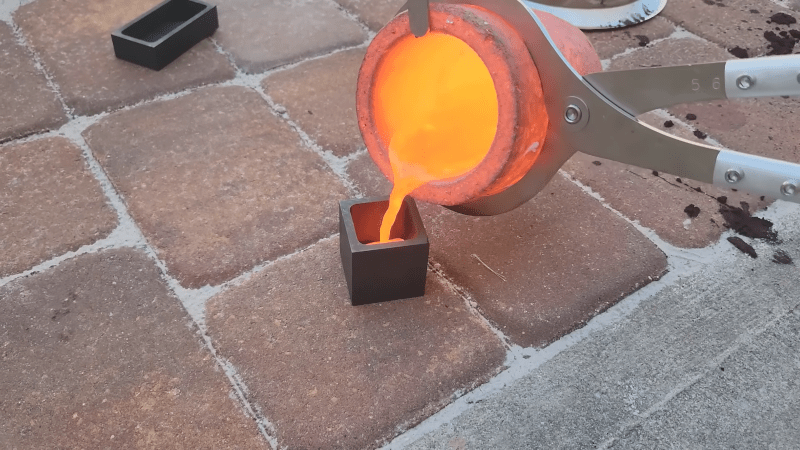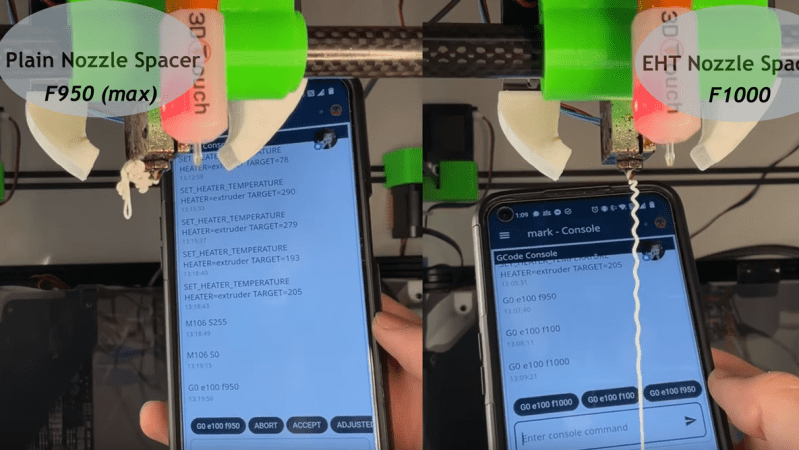Machining Copper from Algaecide

We love it when we find someone on the Internet who has the exact same problem we do and then solves it. [Hyperspace Pirate] starts a recent video by saying, “Oh no! I need to get rid of the algae in my pond, but I bought too much algaecide. If only there were a way to turn all this excess into CNC machined parts.” OK, we’ll admit that we don’t actually have this problem, but maybe you do?
Algaecide is typically made with copper sulfate. There are several ways to extract the copper, and while it is a little more expensive than buying copper, it is cost-competitive. Electrolysis works, but it takes a lot of power and time. Instead, he puts a more reactive metal in the liquid to generate a different sulfate, and the copper should precipitate out.
As you might expect, the details are the problem here. He first tried scrap steel. It worked, but it took a long time. He switched to aluminum, which was faster but required some salt to strip off the oxide. Once he had 1 kg of copper, it was time to heat it up.
Melting it was another set of issues and solutions. He eventually gets a reasonable cube of copper. Then it was off to the CNC mill, which had its own set of issues. But in the end, it looked OK. Some chemical aging made it look interesting.
Honestly, maybe just buy copper, but it sure was interesting and educational watching it all work. As a bonus, he took the copper dust from machining and converted it back into copper sulfate, completing the circle.
Usually, our chemical interest in copper is making it go away. Or plating it onto something.

